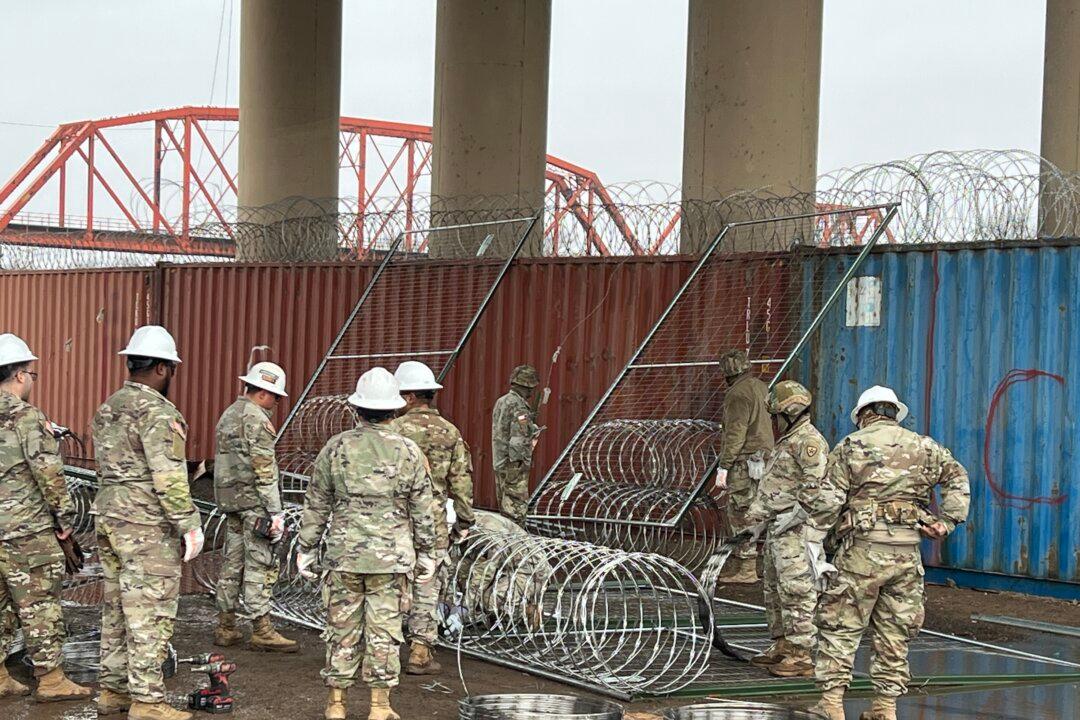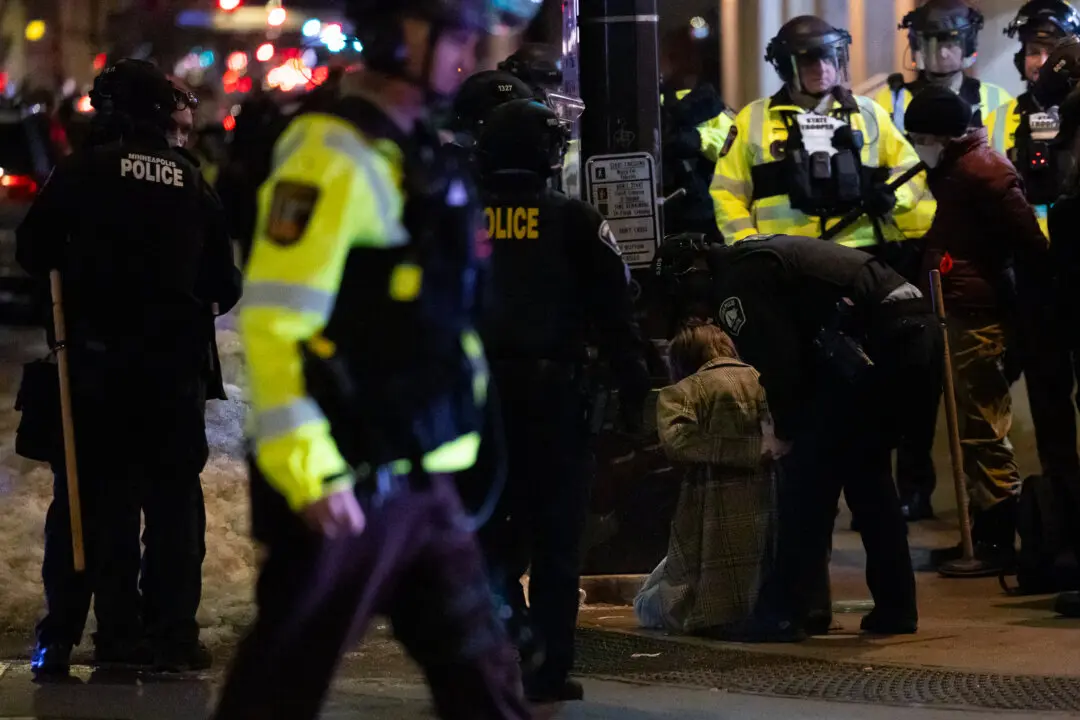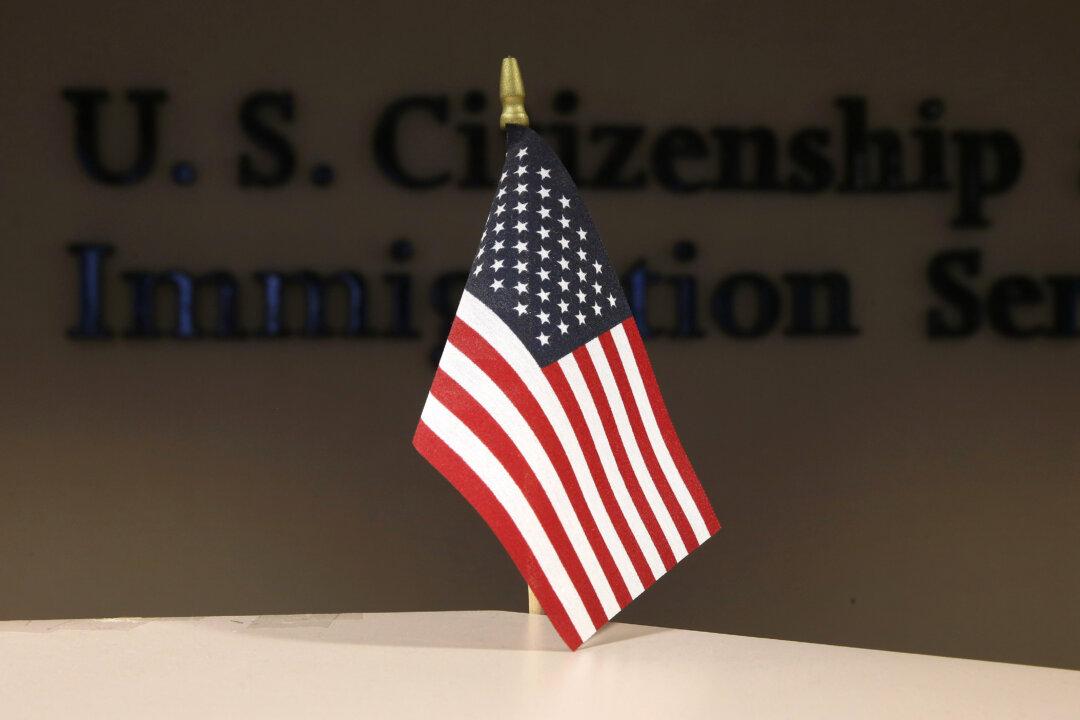EAGLE PASS, Texas—Despite a U.S. Supreme Court order allowing federal agents to remove razor wire being used along Texas’s southern border, the state hasn’t made any moves to take down existing fencing and is pressing ahead with previously scheduled razor wire installation.
“We have to do something” Staff Sgt. Rene Cordova, spokesperson for the Texas Department of Public Safety (DPS), told reporters at a Jan. 23 news conference. Once word gets out that Border Patrol is cutting the razor wire, migrants will come back, and “it won’t take them long to figure it out,” he said.






